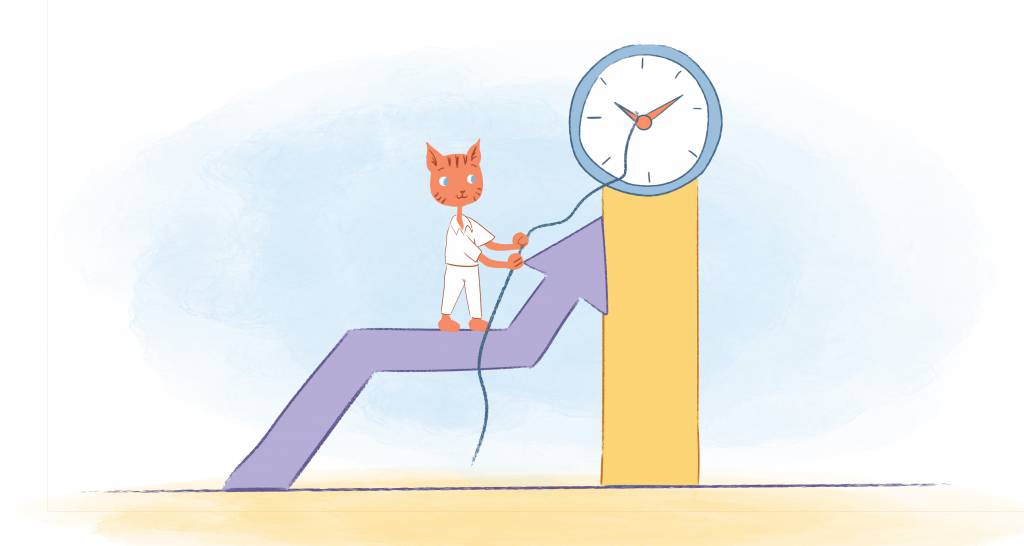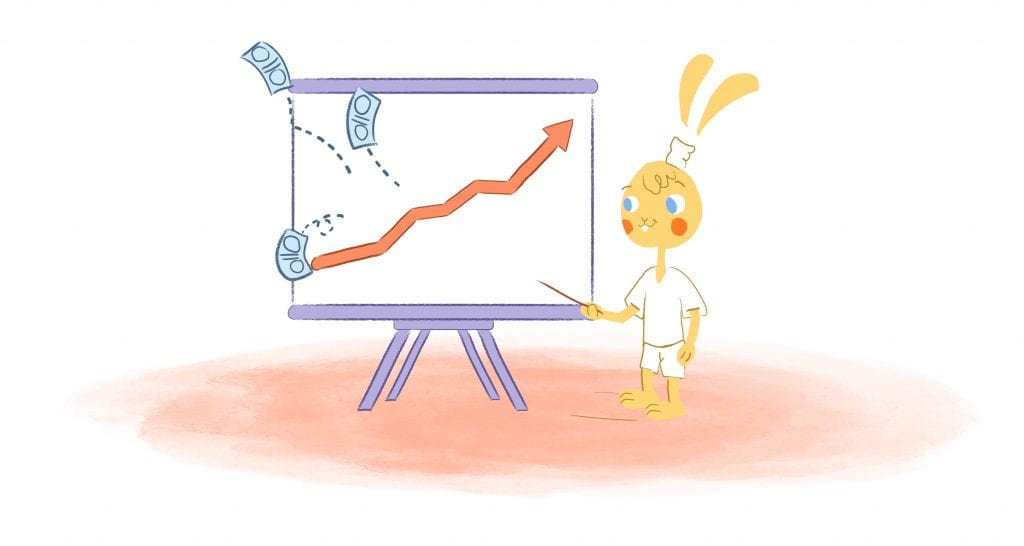

Several years ago I remember reading that Lorraine Twohill, the head of marketing at Google, has 20 meetings a day. If I was drinking something I would have spit it out like a clichéd cartoon character. After all, that just sounds impossible.
However, I’ve learned since then that this is feasible as long as stop wasting valuable time.
Want to know how to reduce wasted time in meetings? Start with these eight items.
1. Talk individually to team members.
Robert Sutton, a professor of organizational behavior at Stanford University, looked at the research on group size and concluded that meetings are more productive when only five to eight people are in attendance.
According to Sutton, “as a group expands further, each member devotes more time to coordination chores (and less time to actually doing the work). More hand-offs between the growing cast of members are required (creating opportunities for miscommunication and mistakes). Because each member must divide his or her attention among a longer list of colleagues, the team’s social glue weakens (and destructive conflict soars).”
That’s a lot to take-in. But, in short, the more people invited to a meeting, the more productivity declines.
However, if you really want to spend less time in meeting, focus more on face-to-face conversations with employees and coworkers.
Instead of cramming your team into a room for another unproductive meeting, talking to them individually can boost productivity by:
- Creating a routine where you can discuss updates, challenges, and next step without interruption. This needs to be a recurring event scheduled into your calendar.
- Building stronger relationships since one-on-one meetings give you a chance to understand each team member’s strengths, weaknesses, likes, and dislikes.
- Giving your team members a chance to speak to you privately. Not everyone is comfortable speaking in front of others, this eliminates that problem.
- Being more efficient since there aren’t the distractions of group meetings. The one-on-one can then remain focused and short and concise.
2. Schedule shorter meetings.
I’m sure we’ve all been in that never-ending meeting that could have concluded 20 minutes ago. Remember, just because your calendar may blockout an hour for a meeting you don’t have to stick with that default setting. In fact, you should be able to change the settings to 15 or 30 minutes.
It’s recommended that you keep meetings under a half an hour. That’s plenty of time to dive into the most important topics, while keeping it short enough not keep your audience’s attention.
If you do need more time, either take a break after 20 or 30 minutes or save the discussion for your next meeting.
3. Invest in tech.
Thanks to communication, collaboration, and project management tools you may not even need to have a meeting. For example, Slack users reported that after adopting the software they took 23 percent fewer meetings.
As Amanda Abella points out in a previous Calendar article, this type of technology allows you and your team to ask each other questions, assign tasks with due dates, have discussions, and map out a project.
If you do have to hold a meeting you can use a tool like Calendar. Instead of trying to pick the best date and time, you just share you calendar with others displaying your availability. The other party then selects the date and time that works for them. The event is then automatically added to everyone’s calendar.
4. Send out an agenda and pre-work in advance.
The main reason why meetings are a waste is because the facilitator didn’t create an agenda. That’s because a meeting agenda outlines the topics that will be covered, the attendees, materials needed, and when the meeting will start and end. As a result, it reduces waste time since it allows everyone to prepare and participate. It also keeps the meeting on-track.
What’s more, having an agenda allows you to assign pre-work. It could be something as little as having them read a report. This way you’re not wasting valuable time explaining the report during the meeting.
5. Record it.
I’m not talking about having someone record the minutes — which you should definitely planned. I mean you should actually record the meeting.
This can save you a ton of time during the meeting because if anyone missed what you said you can ask them to view the tape instead of repeating yourself. More importantly, attendees can view the video to refresh their memories.
It even comes in handy when someone missed the meeting. They can watch the meeting as opposed to you basically conducting the meeting all over again.
6. Eliminate distractions and stay on-track.
The most effective way to eliminate distractions is by asking invitees to either turn their phones off or leave them in another room. You could even ask them to place their phones in a basket before entering the meeting.
Another way to avoid distractions is by not handing out reports or handouts while you’re speaking. Save those until the end because attendees will be reading these documents instead of listening to you.
Furthermore, make sure the meeting stays on-track. Follow the agenda and leave any questions or comment until the end. If someone goes on a tangent, politely stop them and say that you can continue the conversation via email or address it at the next meeting.
7. Don’t spread meetings out.
When I plan my week I always schedule my meetings on the same day. This ensures that they start and end on-time. And, since I’m already in a meeting “zone,” I’m calm, cool, and collected. Besides. How much work am I really going to get done when I have to leave the office early for a meeting?
Don’t forget to schedule buffer time between meetings, however. This gives you a chance to decompress and prep for the next meeting. It also guarantees that you’ll be on-time for your next meeting.
8. Close with a plan.
Finally, end every meeting with a list of action items and who is responsible for these items. Additionally, you can send out a group meeting scheduler to get the next meeting lined up with your team. This streamlines workflow and will make your next meeting more efficient.











Max Palmer
I'm Max, and I love helping businesses we work with expand their businesses online. Growth potential is what we strive for! I help with press, productivity and overall business needs for business owners.